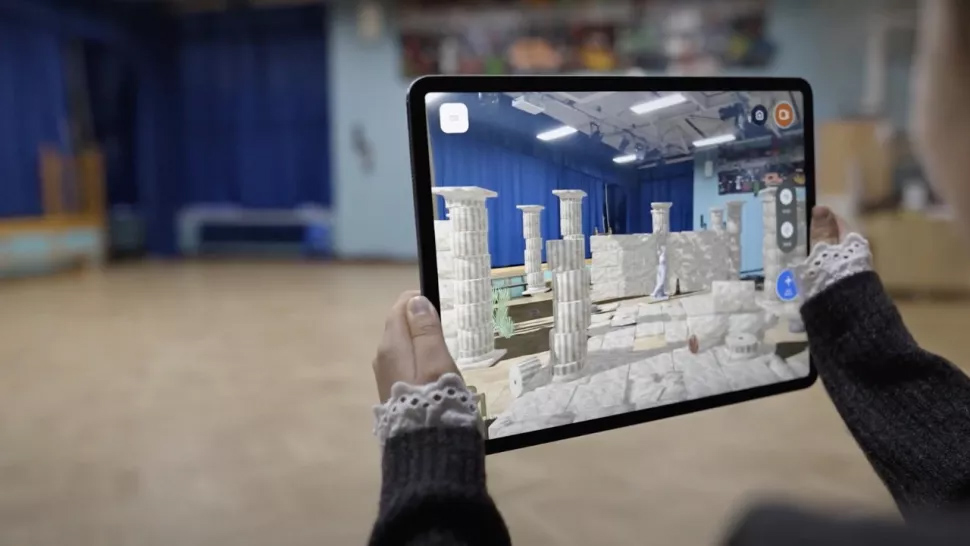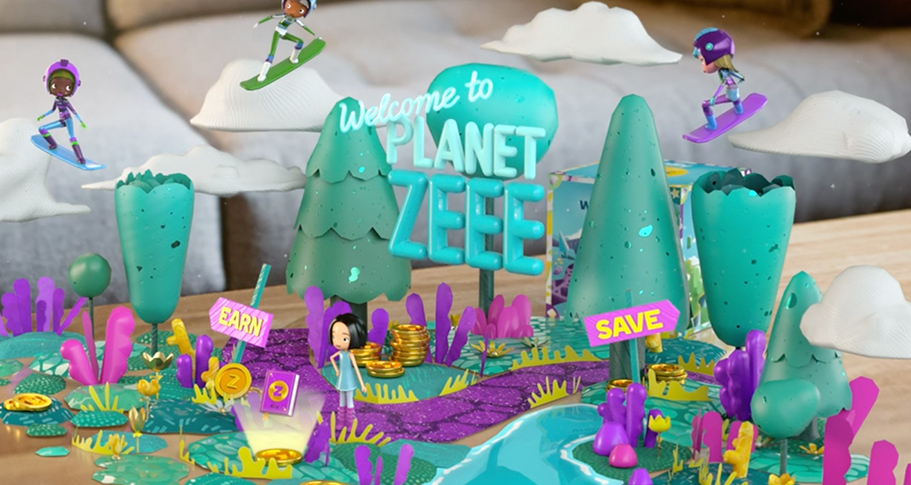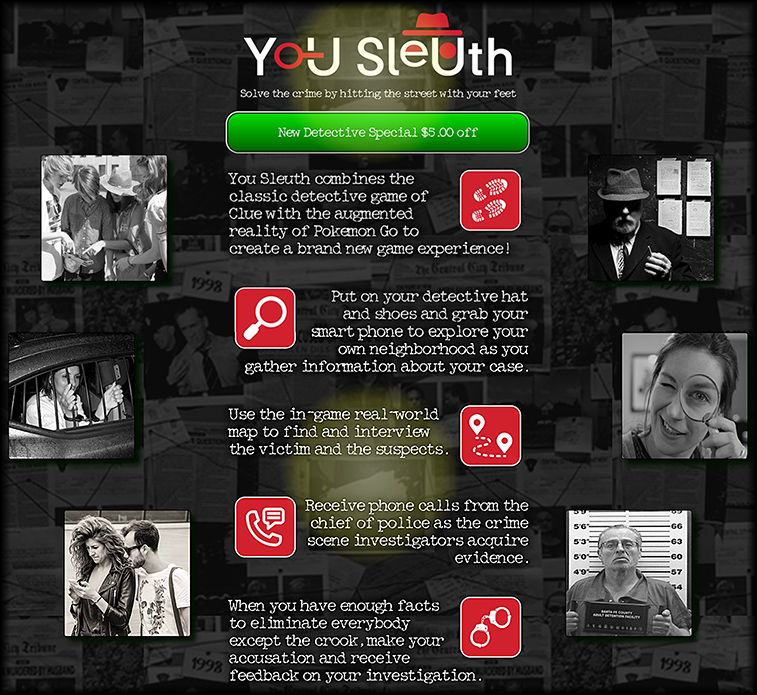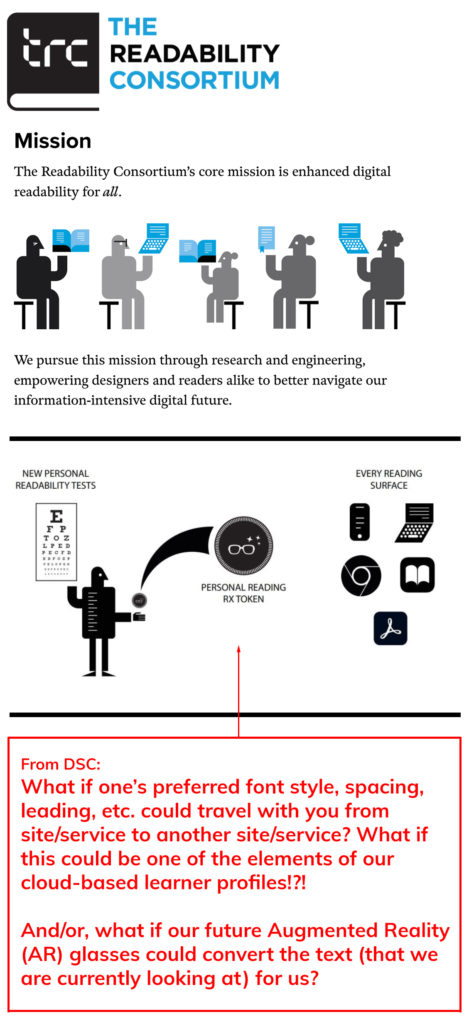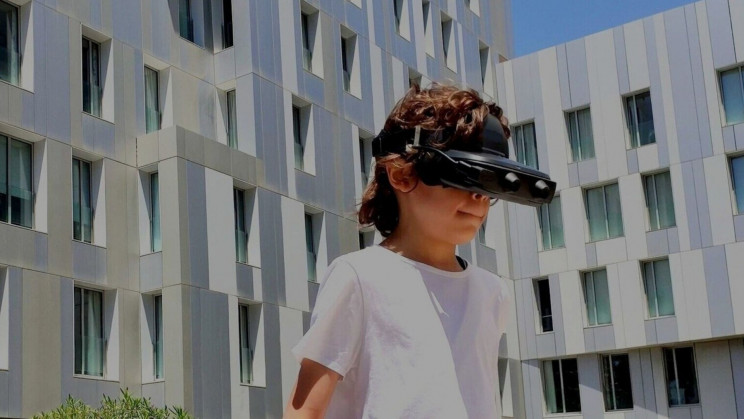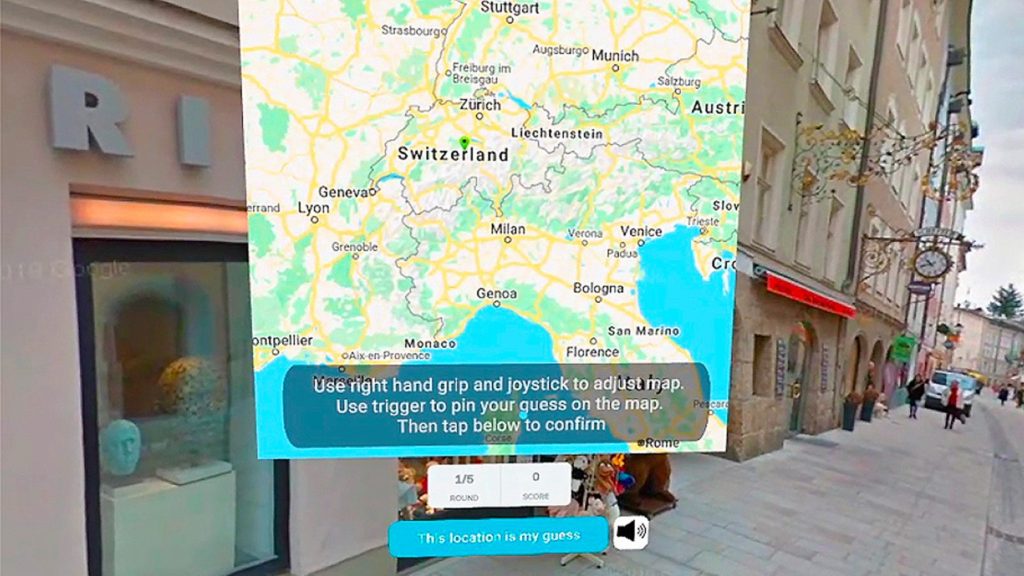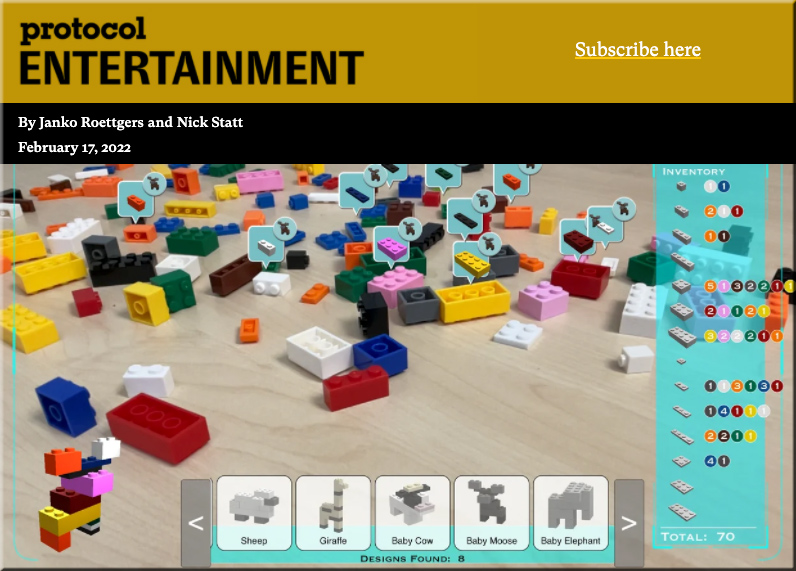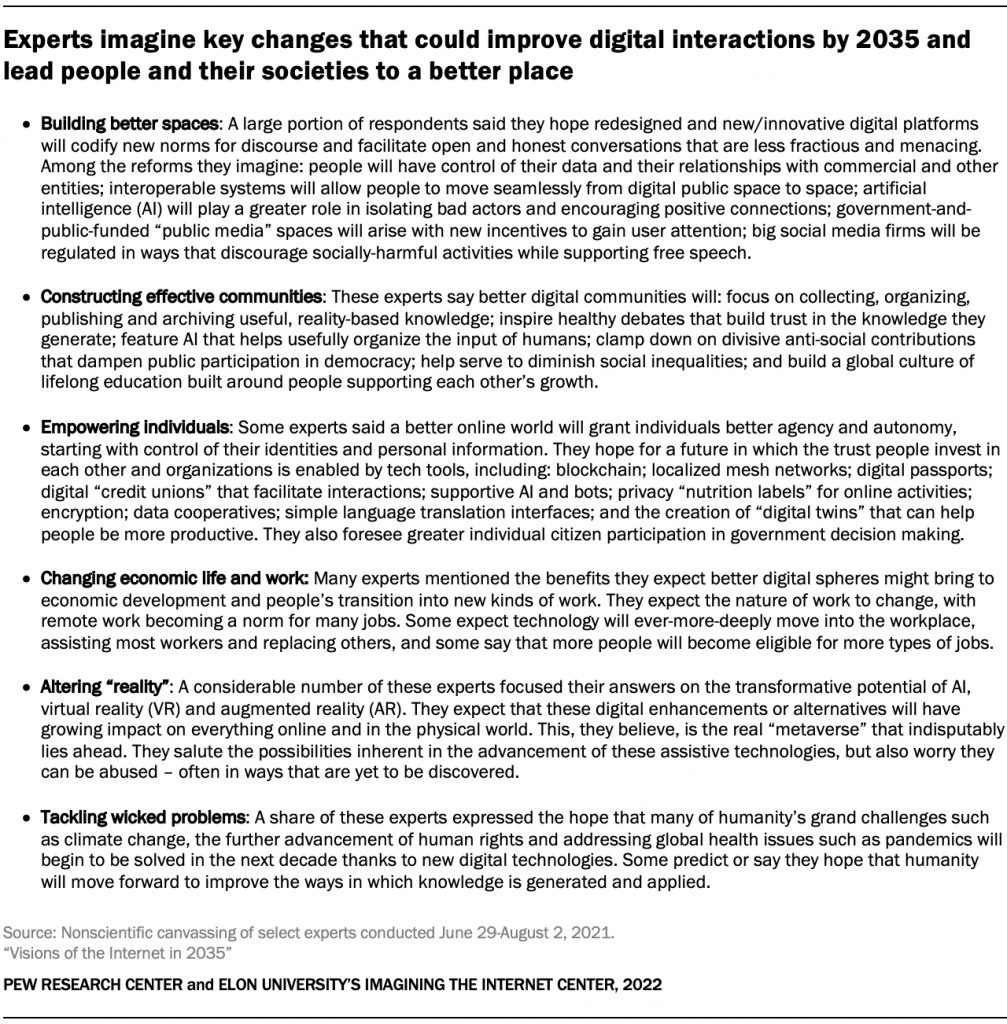Best of Bett 2022: Top Tech Innovations For Education — from techlearning.com by Luke Edwards
This is the best of Bett 2022 with all the tech innovations and more
You Sleuth is a family-friendly outdoor game that requires a moderate amount of walking. You can play by yourself or with a group of friends or family. If you are looking for something new that will stimulate your mind while sneaking in a little exercise and fresh air then register today. Read the rest of the FAQ for more details about how You Sleuth works.
From DSC:
What might this look/work like for learning-related applications? Also, if you are studying to be an actor or actress, might there be some new opportunities for you here!? If you are a writer, might there be some new sorts of collaborations opening up here? As the next version of the internet is developed, what new affordances/opportunities might exist in this area?
Scientists Resurrect Extinct Animals Using AR Technology — from vrscout.com by Kyle Melnick
The future of AR — from 900lbs.com
Some of the topics include:
- Where is #AR today and where’s it going?
- What options/deployment methods are available & what are their limitations?
- Web AR
- We’ve heard a lot about AR headsets. Are they the best option?
- Ok, I’m interested in creating an AR experience. What now?
- What is the biggest piece of advice you have for brands diving into AR for the first time?
- …and more
Also see:
- Augmented Reality 101: Differences Between VR and AR — from magicleap.com
AR object recognition can give you superpowers — from by Janko Roettgers and Nick Statt
Excerpt:
Making sense of AR, one Lego brick at a time
Singulos Research CEO and CTO Brad Quinton poured a bunch of Lego bricks onto his desk during a recent Zoom call. Then, he picked up an iPad, fired up a demo app and opened the app’s camera mode. Immediately, the app began to identify individual bricks, counting and cataloging them by shape and color, and then suggesting different animals he could build with those specific bricks.
The playful and fun demo was meant to show off the capabilities of the Perceptus Platform, an AR object-recognition technology Singulos has been building in stealth over the past three years. The platform could soon help developers build smarter AR apps and services. “It gives AR applications the visual context of what’s around them,” Quinton said, and that could be key to building AR glasses people will actually want to wear.
From DSC:
This is a great use of Augmented Reality (AR)! Very slick! It’s beneficial, practical, and likely an example of what is to come.
A really cool augmented reality 'Piano Learning' experience
By student Dominik Hackl as part of his master thesis#metaverse #augmentedreality #innovation pic.twitter.com/prNb8eb255
— Pascal Bornet (@pascal_bornet) February 14, 2022
Visions of the Internet in 2035 — from pewresearch.org
Excerpt:
This report is the second of two analyzing the insights of hundreds of technology experts who responded in the summer of 2021 to a canvassing of their predictions about the evolution of online public spaces and their role in democracy in the coming years. In response to the primary research question, many said they expect that these forums will be significantly improved by 2035 if reformers, big technology firms, governments and activists tackle the problems created by misinformation, disinformation and toxic discourse. At the same time, they expressed ongoing concerns about the destructive forces in culture and technology that could continue to plague online life and disrupt beneficial change in the coming years.









